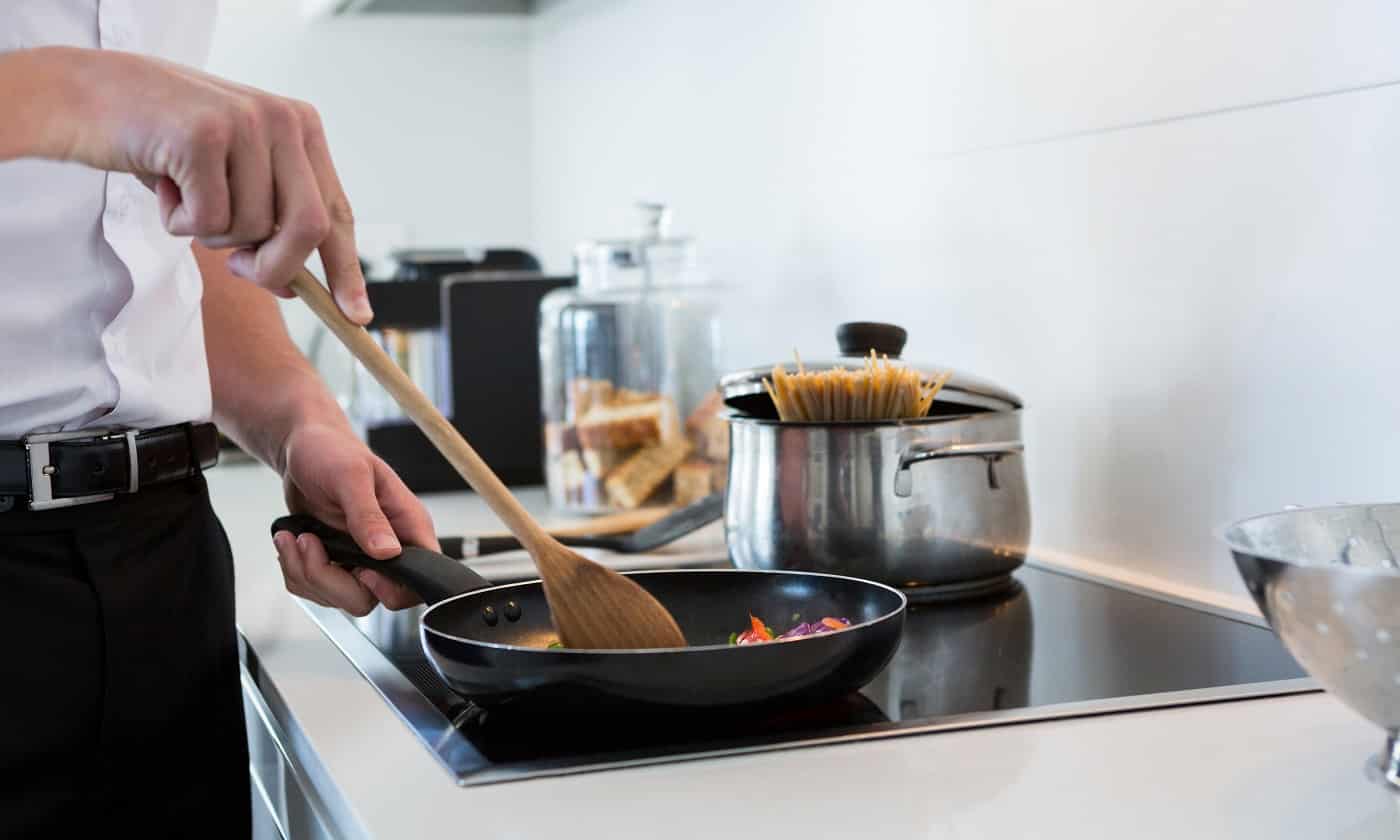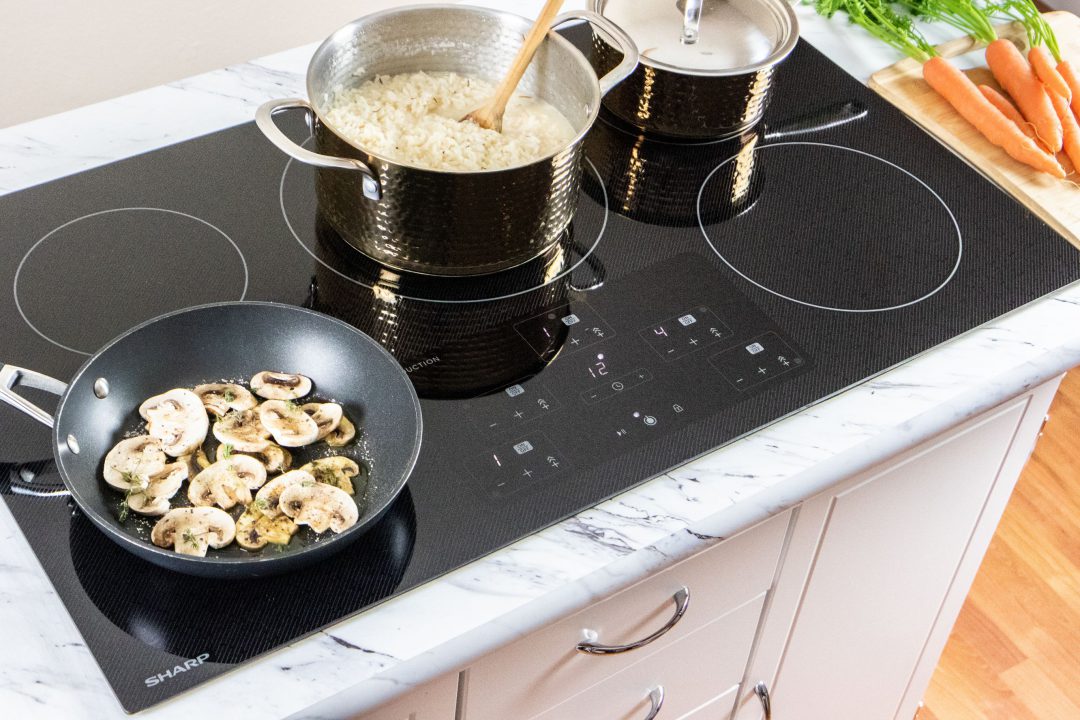Simmering Soup with Cast Iron on Induction: A Flavorful Journey
Written By James Morgan
For those who take delight in barbecuing, the prospect of simmering soup with cast iron on induction cooktops is simply irresistible. The robust heat retention of cast iron combined with the precision of induction cooking creates an unparalleled culinary adventure. Whether you're a veteran chef or a budding cook, mastering this technique can elevate your culinary creations, particularly when crafting delectable soups that perfectly complement your barbecue banquets.
This cooking method raises a significant question: what makes cast iron a top choice for induction cooking? The answer lies in its intrinsic properties. Cast iron is famed for its even heat distribution qualities, ensuring a consistent simmer that extracts the utmost flavor from every ingredient. When used on an induction cooktop, which directly heats the cookware through electromagnetic energy, it transforms cooking into a marvel of culinary efficiency and productivity.

The Science Behind Cast Iron and Induction Cooking
To comprehend why cast iron excels on induction cooktops, we must explore the science at play. Induction cooktops generate a magnetic field that creates heat directly within the cookware instead of relying on traditional flames or electric coils.
As noted by Lodge Cast Iron, cast iron is particularly suited for induction cooking due to its ferromagnetic nature, allowing it to be magnetized. This property not only enables quick heating but also helps maintain a steady temperature, making it ideal for the slow, gentle simmer that yields a perfect pot of soup.
Preparing Your Cast Iron for Induction Cooking
Before embarking on your cooking endeavor, its essential to prep your cast iron cookware for induction use. Begin by ensuring that your cast iron is thoroughly cleaned and well-seasoned. A well-seasoned pot not only prevents sticking but also enriches the flavors of your soup.
Additionally, verify that the base of your cookware is flat, as this ensures optimal contact with the induction cooktop, guaranteeing even heating. This is particularly important for simmering soup, as uneven heating can lead to hot spots that risk burning or undercooking portions of your dish.
Choosing the Right Ingredients
The true beauty of using cast iron on induction is the versatility it offers when selecting ingredients. Whether you're preparing a hearty beef stew or a delicate vegetable broth, the consistent heat ensures that every component is cooked to perfection.
Barbecue lovers often enjoy adding smoked meats to their soups. The rich flavors of smoked beef or pork can elevate a simple soup into a comforting dish that resonates with the essence of a backyard barbecue. Think about enhancing your recipe with ingredients like smoked paprika, charred vegetables, or a dash of barbecue sauce to deepen the flavor profile.
Cooking Techniques for the Perfect Simmer
Once your ingredients are prepped, its time to perfect the simmering technique. Induction cooktops offer precise temperature control, perfectly suited for achieving an optimal simmer. Start by setting your cooktop to medium-high to bring your soup to a vigorous boil. After it reaches a boil, reduce the heat to low for a gentle, continuous simmer.
Occasionally stir your soup to prevent sticking, adjusting the heat to maintain a steady simmer. This is where culinary magic unfolds, as the flavors harmonize to create a rich, aromatic broth. Remember, patience is vital allowing your soup to simmer slowly results in a more flavorful dish.

Serving and Enjoying Your Culinary Creation
Once your soup has reached its peak flavor, its time to serve and savor. Cast iron cookware often brings a rustic charm to the dining experience, making it ideal for serving directly from the pot. Pair your soup with freshly baked bread or a simple salad for a complete meal that is sure to impress.
For more inspiration on integrating cast iron into your cooking, check out Holiday Grilling Tips. Their insights provide a treasure trove of information on cooking techniques and recipes that showcase the adaptability of cast iron cookware.
FAQs
Does cast iron work on all types of induction cooktops?
Yes, cast iron is compatible with any induction cooktop as long as the base is flat. Its magnetic properties make it ideal for this cooking method.
Can I use enameled cast iron on induction cooktops?
Definitely. Enameled cast iron functions just as effectively on induction cooktops, providing the same benefits of heat retention and distribution.
How do I clean my cast iron after cooking?
Let your cast iron cool before cleaning. Use a brush and warm water, avoiding soap if possible. Dry thoroughly and apply a thin layer of oil to keep the seasoning intact.
In summary, simmering soup with cast iron on induction marries the best features of both worlds: the rich, consistent heating of cast iron and the precision of induction cooking. This technique not only enhances your soups flavors but also creates a seamless cooking experience that barbecue enthusiasts will adore. Embrace the art of using induction with cast iron to transform your culinary endeavors into remarkable dining memories.



